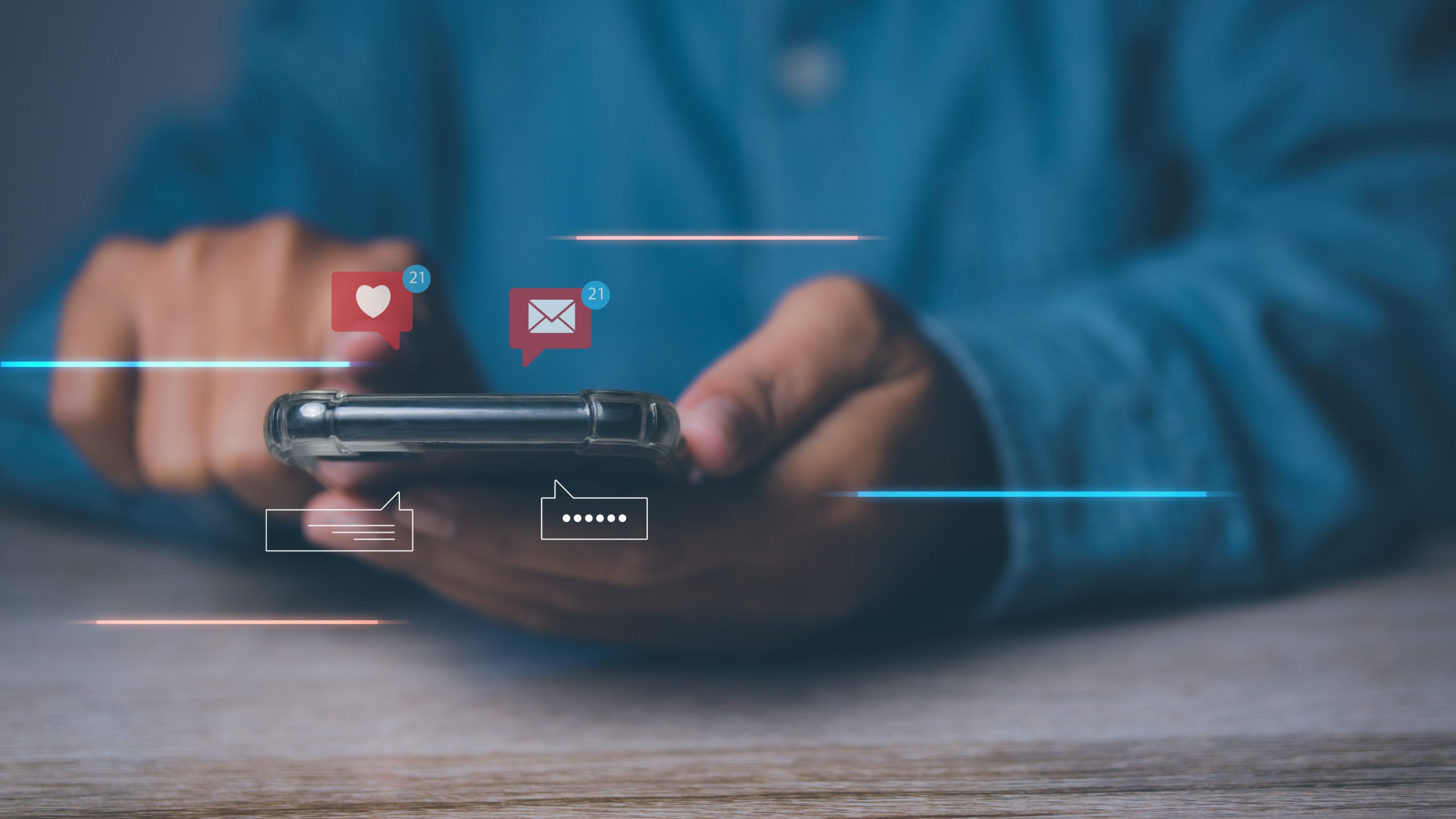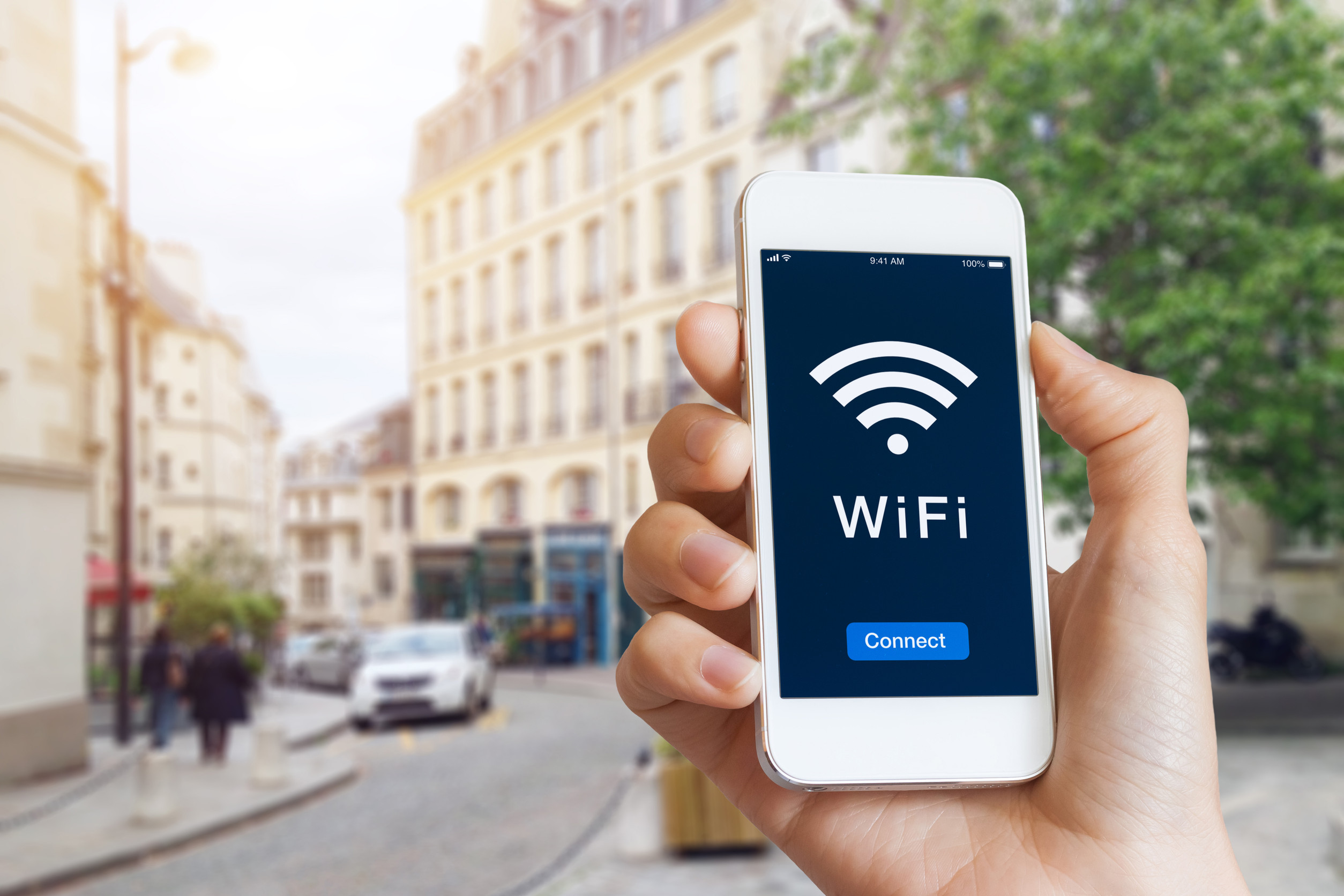In today’s hyper-connected world, staying safe online isn’t just about avoiding obvious scams. Threats are quieter now—more calculated, more personal, and often invisible until it’s too late. Every click, share, and scroll creates a digital footprint, and the wrong habits can turn that footprint into a trail straight to your private life.
Hackers and digital predators count on people being unaware of the small but costly mistakes they make every day. It’s not always about doing something reckless—it’s about not realizing what puts a target on your back in the first place.
1. Oversharing on Social Media
Posting personal updates, travel plans, or even the name of a pet can seem harmless, but it gives outsiders valuable context. Information like your birthday, hometown, or kids’ names can be pieced together to crack security questions or impersonate you. Even tagging your location while on vacation tells would-be burglars that your home is unattended. Photos of your home, car, or workplace can accidentally reveal addresses, license plates, or company IDs. The more pieces of your life you reveal, the easier it becomes for someone to exploit them.
2. Using the Same Password Across Multiple Accounts
Reusing passwords is one of the easiest ways to become a victim of credential stuffing attacks. If one platform is breached, cybercriminals test the same login info on banking, email, and shopping accounts. People often underestimate how quickly stolen data spreads across dark web marketplaces. Strong, unique passwords for every service—and a reliable password manager—are critical defenses. Without them, one weak link can compromise an entire chain of digital identity.
3. Ignoring Software Updates
Skipping updates because they seem annoying or time-consuming is a serious mistake. Many updates include patches for known vulnerabilities that attackers actively exploit. Cybercriminals track these flaws and target users who delay fixing them. Whether it’s your phone, browser, or smart home device, outdated software is like an open door. The longer you wait, the wider that door stays open.
4. Falling for Phishing Emails That Look Legit
Modern phishing schemes are no longer full of obvious spelling errors or sketchy URLs. They’re polished, branded, and often disguised as messages from your bank, workplace, or favorite online store. These fake emails trick users into clicking links that steal login credentials or install malware. Even savvy internet users can fall for them when they’re rushed or distracted. All it takes is one careless click to give away access to sensitive accounts.
5. Using Public Wi-Fi Without Protection
Connecting to free Wi-Fi at a café, airport, or hotel feels convenient, but it comes with real risks. Hackers can intercept traffic on unsecured networks and steal anything from passwords to private messages. Sometimes, they even create fake Wi-Fi networks that look legitimate to lure people in. Without a VPN to encrypt your connection, your data is exposed to anyone watching. What feels like a harmless internet session can turn into a data breach in seconds.
6. Not Checking App Permissions
Many mobile apps ask for permissions they don’t need, and most users approve them without reading. When an app gets access to your microphone, camera, location, or contacts unnecessarily, it becomes a potential spying tool. These permissions can be exploited by malicious software or sold to third parties without your knowledge. It’s not just about privacy—it’s about control over your own data. The more access you grant, the more control you give up.
7. Leaving Devices Unlocked or Unattended
Even a few minutes away from an unlocked phone or laptop in a public space can be all it takes. Strangers can snoop, install malicious apps, or copy data without leaving obvious signs. Many users also skip setting up strong passcodes or biometric locks, which makes unauthorized access much easier. Lost or stolen devices without encryption expose everything stored on them. Physical security is just as important as digital security in staying protected.
8. Trusting Every Link or QR Code
Not all links are safe, and not all QR codes are what they claim to be. Hackers embed malicious URLs in emails, texts, and even physical flyers or restaurant menus. Scanning a rogue QR code can take users to phishing sites or trigger automatic downloads of harmful software. People tend to trust these quick-access tools without thinking twice, especially when they’re in a hurry. That blind trust creates an easy attack vector for cybercriminals.
Stay Alert & Always Stay Ahead
Online threats don’t always knock on the front door—they often slip through the cracks left by small mistakes. By understanding how everyday behaviors can expose private information, users can take simple but powerful steps to protect themselves. It’s not about paranoia; it’s about smart digital hygiene. Cybersecurity isn’t just for IT professionals—it’s for anyone who spends time online.
What habits have you changed to stay safer online? Share your thoughts or tips in the comments.
Read More
7 Public Statements That Were Proven False—But Left Online
7 Safety Apps That Give a False Sense of Security


